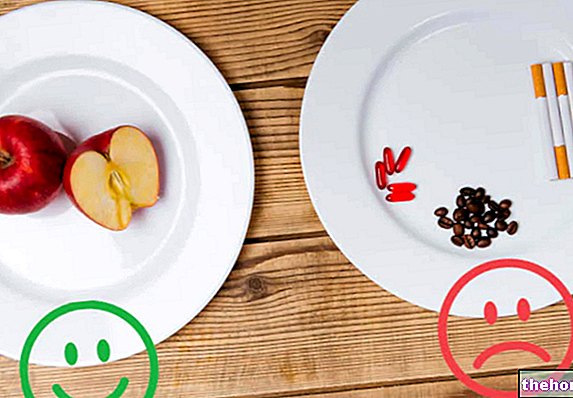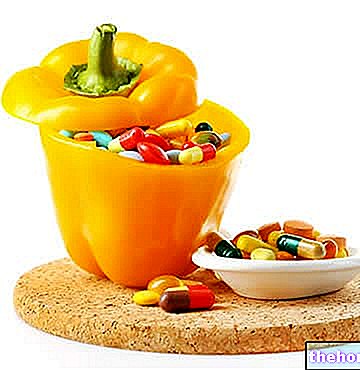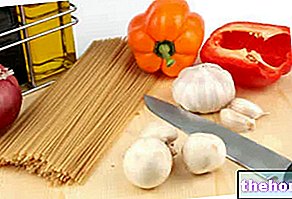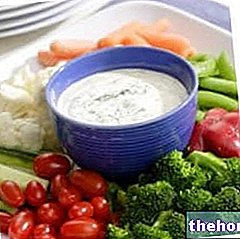Nails
Unlike animal claws and hooves - which have an offensive / defensive, protective and grip-increasing function - the laminar nails of primates are mainly used to:
- Sensitize the touch of the extremities;
- Amplify manipulative precision;
- Protect the terminal phalanges.
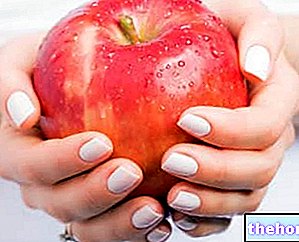
Brittle Nails
Despite the hardness and flexibility that characterize them, nails are also subject to complications of various kinds.
The most common is frailty (often associated with thinning), due to nutritional deficiencies, chemical-physical stress, trauma, infections, dermatological problems and systemic diseases.
Whatever the cause of nail fragility, it is always a good idea to check that the diet is able to compensate for all the nutritional requirements.
Nutritional need
As anticipated, the nails are made up of dead corneocytes filled with keratin.
The latter is a peptide fiber composed largely of sulfur amino acids. However, the synthesis and integrity of the protein chains are also guaranteed by the presence of vitamins and some trace elements.
In particular, the resistance and strength of the nails are ensured by:
- Essential amino acids: phenylalanine, valine, threonine, tryptophan, isoleucine, methionine, histidine (for children), arginine, leucine and lysine.
- Sulfur amino acids: methionine, cysteine, cystine, homocysteine and taurine.
NB: Cysteine and methionine play a particularly important role (the latter is also essential). - Vitamins: retinol and equivalents (vit. A), tocopherols or tocotrienols (vit. E), ascorbic acid (vit. C) and pyridoxine or pyridoxal or pyridoxamine (vit. B6).
- Minerals: iron, zinc, selenium, copper, phosphorus, calcium and silicon.
Diet
The "nail diet" must guarantee the intake of all the nutrients we have mentioned above. More in detail:
- Essential amino acids: these are the building blocks of proteins.
In reference to a nutrient, the adjective “Essential” means that it cannot be produced autonomously by the organism in adequate quantities; therefore, it must be taken with the diet.
Essential amino acids are present in optimal quantities in proteins with a high biological value. The foods that contain them are mainly of animal origin: eggs, milk and derivatives, meat and fishery products.
To obtain adequate quantities of essential amino acids from plant foods, the following can be chosen: soy, algae and combinations of various seeds (legumes, cereals and pseudocereals). The desirable amount of protein in the diet is still up for debate, but it could be between 1.0g and 1.2g per kilogram of desirable body weight. - Sulfur amino acids: in addition to being generic building blocks of proteins, they play a fundamental role in the synthesis of keratin. The foods of animal origin that contain the most are: egg whites, fish products and poultry. Among the vegetable sources we mention: spirulina algae, broccoli, cereals, sesame and pumpkin seeds.
- Vitamin A: fat-soluble contained in foods of animal and vegetable origin. Retinol is abundant especially in milk and derivatives, offal and eggs. Carotenoids in egg yolk, crustaceans, orange / red fruit and vegetables (carrots, peppers, tomatoes, melon, apricots, peaches, etc.) Carotenoids are antioxidants and wear down in the presence of oxygen.
- Vitamin C: water-soluble contained mainly in foods of plant origin. It is especially abundant in sour fruit (citrus fruits, strawberries, cherries, etc.), tomatoes, parsley, lettuce, radicchio, cabbage, broccoli, etc. It is heat-labile and does not resist cooking. It is antioxidant and wears out in the presence of oxygen.
- Vitamin E: fat-soluble contained mainly in foods of plant origin. It is abundant in the germ of cereals, in mainly oily seeds such as almonds, in avocados, in extracted oils, in certain vegetables and aromatic herbs. It is antioxidant and wears out in the presence of oxygen.
NB: Most of the vitamins are contained in the animal liver.
- Iron: it is present in various forms in foods of animal and vegetable origin. The most bioavailable is EME, it is mainly contained in meat, offal, fishery products and egg yolk.
- Zinc and selenium: the former is mainly contained in: liver, meat, milk, derivatives and some bivalve molluscs (especially oysters). The second is mainly contained in: meat, fish products, egg yolk, milk and derivatives, enriched foods (potatoes, etc.).
- Copper: is abundant in liver, oysters, cocoa, hazelnuts, almonds, walnuts, peanuts, wheat germ, bran and potatoes.
- Calcium and phosphorus: milk and derivatives are rich in them. Other sources are dried fruit for calcium and fishery products for phosphorus.
- Silicon: found mainly in cereals, fruit and vegetables.
Supplements
Nail supplements to be taken by mouth, as well as diet, do not have a highly specific action.
They can be of great help in case of specific or generalized nutritional deficiencies, and generally exert their function on all keratinized tissues (skin, hair, nails and hair); their relevance is visible with a reduction in fragility and an increase in the health of nails, hair, skin and mucous membranes.
Oral nail supplements contain all the nutritional principles we talked about in the previous paragraph, single or in combined form.
To counteract the fragility of the nails, local or topical supplements are also available to be applied directly on the nail plate. They mainly contain water, cystine, lipids and some additives.
For more information, read the article: Nail supplements

